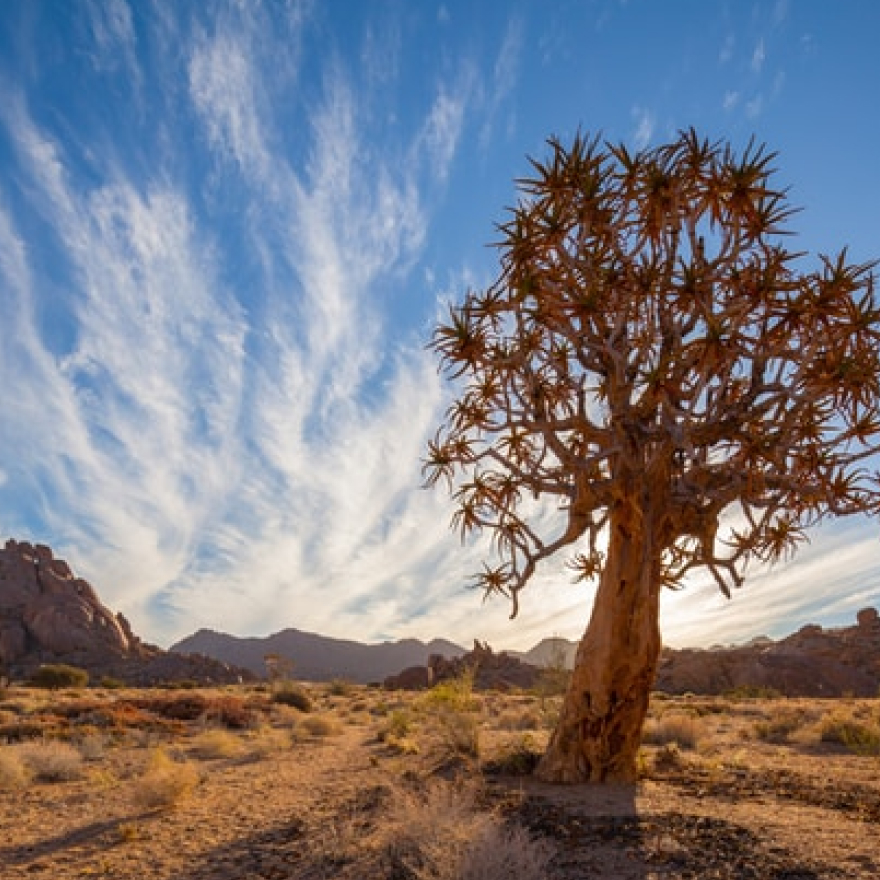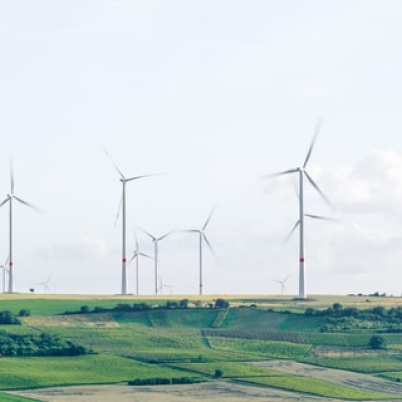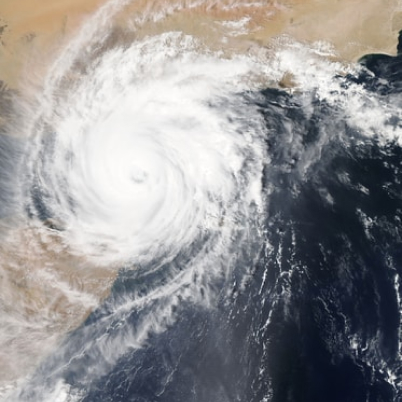Hurricanes in a warmer planet: Impacts of climate change
Hurricanes are amongst the most destructive weather phenomena in our planet. Famous for their strong winds and massive rainfall, hurricanes are formed in most tropical oceans, specially in the Atlantic, the Pacific and the Indian Oceans, causing important economic and human losses everywhere they go. In recent times, when a powerful hurricane forms, particularly if the hurricane approaches mainland, some politicians and news media invoke climate change as the cause for the hurricane or as the reason for its strong power. Over time, hurricanes have become a sort of poster-boys for climate change, being used to illustrate the dire consequences of a warmer world. But exactly, how are hurricanes being affected by climate change? Is it true they are getting stronger? Are they getting more frequent?
For a long time, scientists have worked on answering these questions. Perhaps one of the most influential scientists studying hurricanes, Kerry Emanuel, from the Massachusetts Institute of Technology, published in 2005 (1) one of the first strong indications of how climate change could affect hurricanes. He estimated that the potential intensity of hurricanes would increase if ocean temperatures increased, i.e., that in suitable weather conditions hurricanes were capable of becoming more intense at higher ocean temperatures. This study rapidly gained attention and led people to the conclusion that hurricanes would become more frequent and more intense over time, a conclusion which has stuck with public perception for some time.
What is changing, though, is how fast hurricanes intensify. A very recent study in 2019 from the Geophysical Fluid Dynamics Laboratory from Princeton (6) , analyzed whether the time that takes a hurricane to become very intense has changed and whether this change could be attributed to human emissions. Their results have found that hurricanes are intensifying faster, and rapid intensification, a concept used to describe the process of a hurricane that in a very short time becomes very intense, has become more frequent. This is particularly worrying because rapid intensification is very hard to predict and, historically, has caused heavy damage.
News media and politicians have frequently asked -and probably will continue to do so- whether a powerful hurricane was caused by climate change. But this is not the right question, extreme weather events, including hurricanes, existed long before man-made climate change so asking whether climate change caused any of them is not the best approach. All weather events are now in a warmer world, and are, therefore, being affected one way or another. A warmer world will certainly change hurricanes in ways that we do not yet understand, but as far as our knowledge extends to today, we know that powerful hurricanes will become more common in our planet and intensify faster as a direct result of our emissions, and that is merit enough for climate action.
References
You may be interested in reading about
All articles
2/3/21
An overview on climate sensitivity
Human-induced climate change, driven by increasing emissions of atmospheric greenhouse gases, remains an ever-increasing issue at the centre of climate science whilst also having implications for society, policymakers and governing-bodies.

1/3/21
The energy charter treaty
A new law on climate change and the energy transition is about to come to light in Spain, with the aim of limiting global warming to 1.5 degrees and meeting the pledges made by the European Union at the Paris Agreement.

19/1/21
Delhi and the River of Love
As I drove by the bridge on the river Yamuna, it looked calm, serene, and inviting. However, getting closer, the unmistakable smell of decay greeted me. The banks were full of rubbish and the river was black. The stillness of the calm and serene river turned out to be death.

15/6/20
Forecasting tropical cyclones in a changing climate
Most of us engage with weather forecasts when we’re trying to plan our weekends, but they can also help us understand and cope with our rapidly changing climate.

